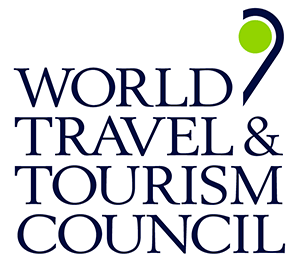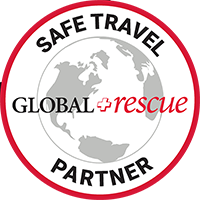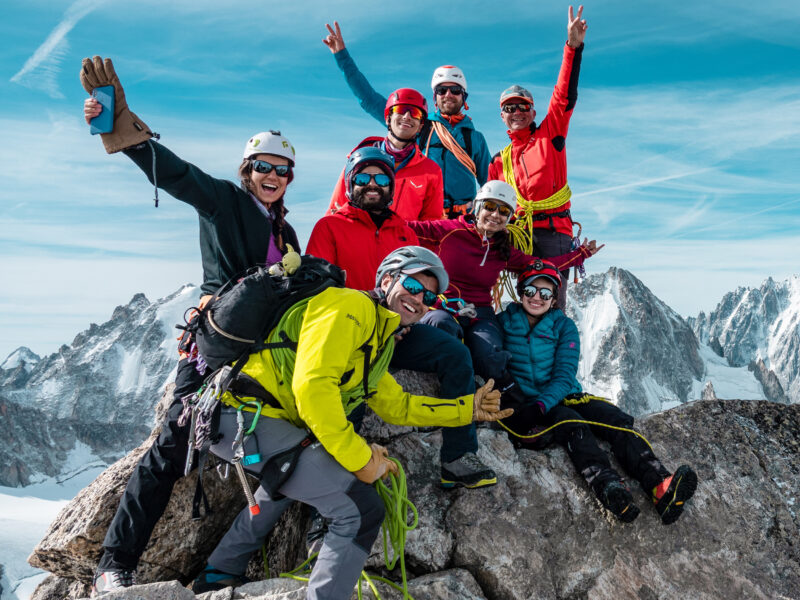BY Rami Rasamny | June 02 2023
How to Choose the Right Backpack
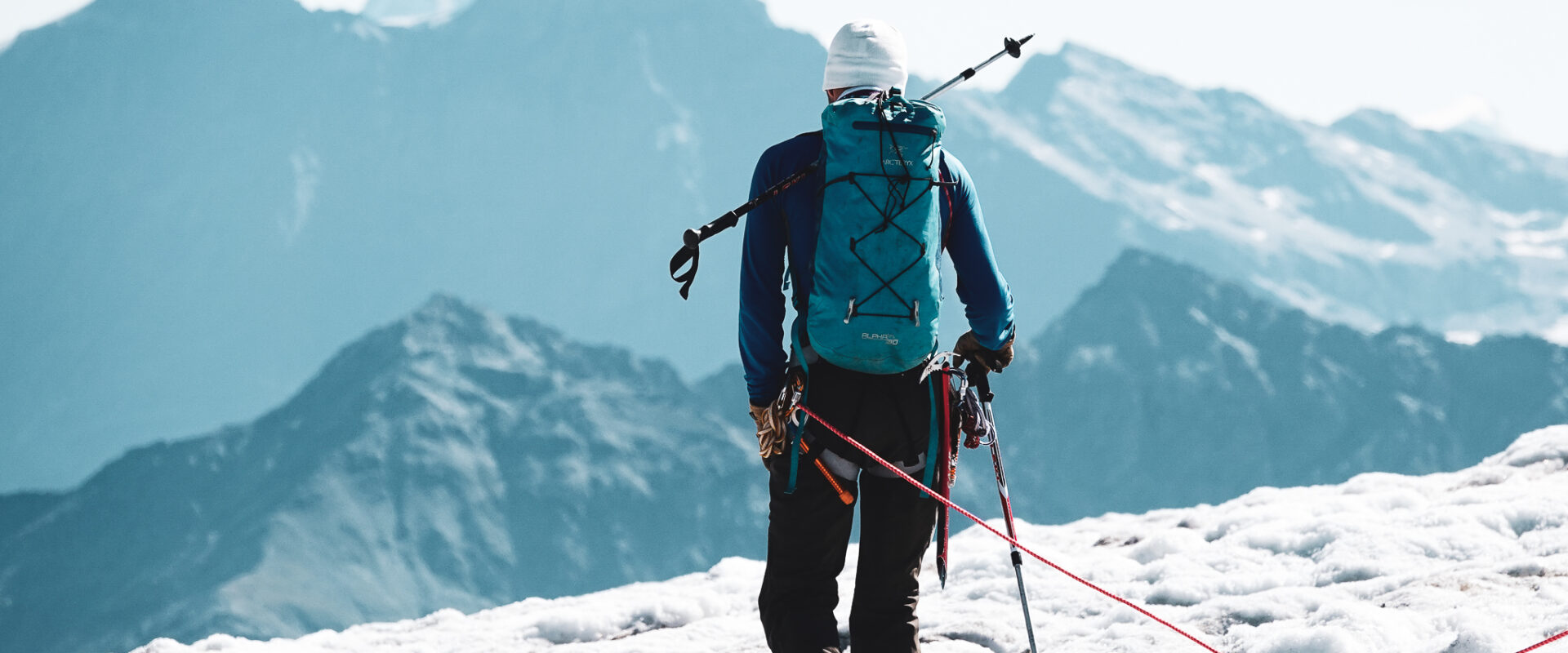
Backpacks come in various shapes and sizes, but not every pack is suitable for every adventure. This article will help you select the right backpack for your needs.
Size
For the majority of LHO experiences, we recommend a 30 L backpack. Having a couple of extra liters is not an issue if that’s what is available to you, but avoid purchasing a bag that is too far off the recommended size, especially if it’s smaller. Please refer to the gear list in your trip guidebook for the specific size recommendation for your adventure.
The size of the backpack is determined by the number of liters it can hold. A 15 L backpack is considered small and suitable for day hikes. A 30 L backpack works for most adventure experiences where you don’t have to carry camping gear yourself. A 60-80 L backpack is generally used for major expeditions that involve carrying our own camping equipment and food over an extended period.
Fit
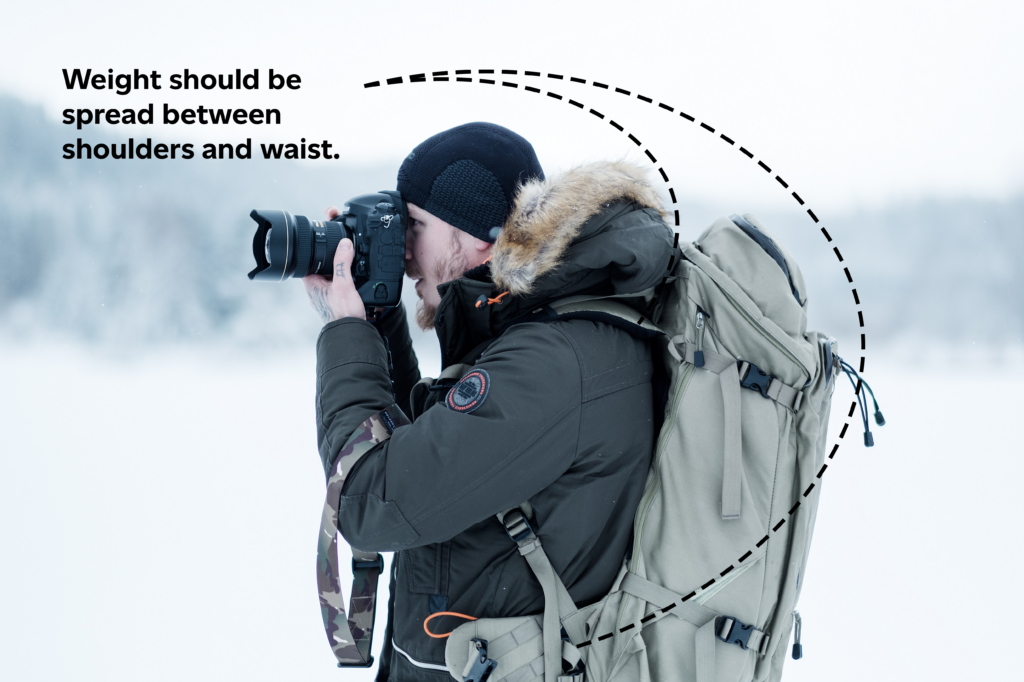
Backpacks should fit comfortably over the shoulders, with the belly strap sitting just above the hips when fastened. The weight of the backpack should be evenly distributed between the shoulders and the hips when the straps are properly adjusted. This allows you to carry more weight without putting excessive strain on the shoulders. Ensure that the backpack sits comfortably on your body shape, and you can move your head up and down freely without the back of your head touching the pack. Try it on before buying to ensure the right fit.
Recommendations for Trekking and Multi-Adventure Trips
This advice is suitable for all LHO trekking and multi-adventure itineraries, including Kilimanjaro, Everest Base Camp, Ararat Expedition, and Tour du Mont Blanc.
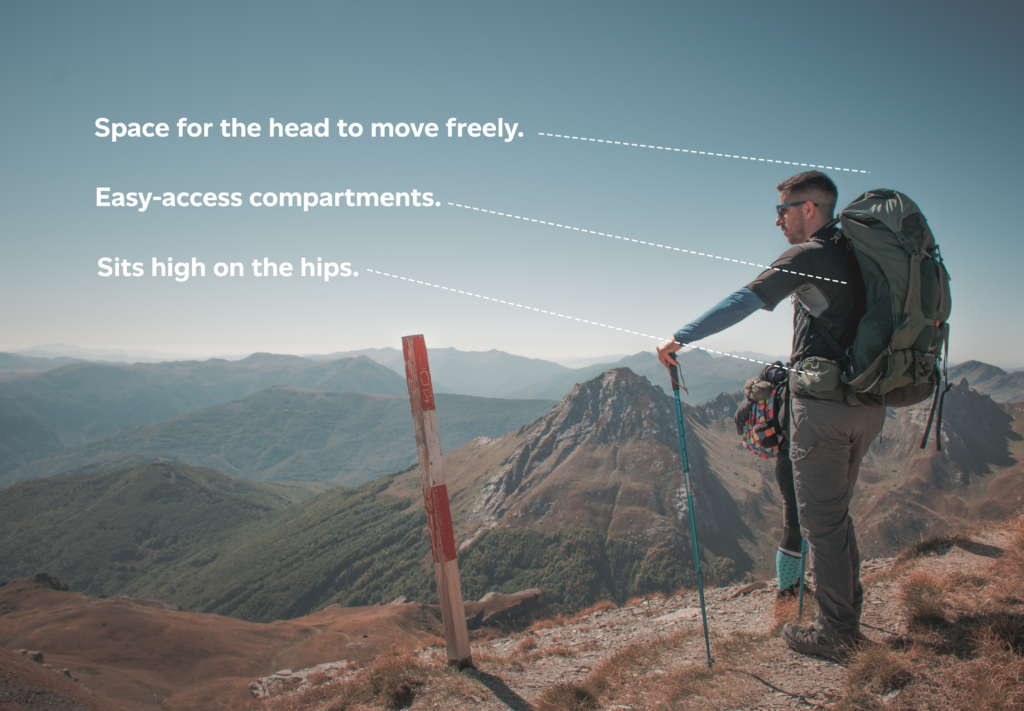
The ideal backpack for trekking and multi-adventure trips should be easy to organize and have accessible compartments. It should also be waterproof or have a waterproof bag cover to keep your belongings dry during rain. Most trekking packs come with specialized compartments for a water bladder and straw, enabling you to drink without having to pull out your bottle constantly. This feature is highly useful on treks and helps you stay well hydrated. Consider the different back support options available, ranging from additional padding to a separation system that provides ventilation and prevents sweating by keeping your back separated from the bag itself. The best back support system is the one that fits well for you and your build. Ultimately, comfort is key when choosing a trekking and multi-adventure backpack.
Recommendations for Mountaineering Trips
This advice is suitable for all LHO mountaineering itineraries, including Mont Blanc Summit Course, Island Peak Expedition, and Chimborazo & Cotopaxi Expedition.
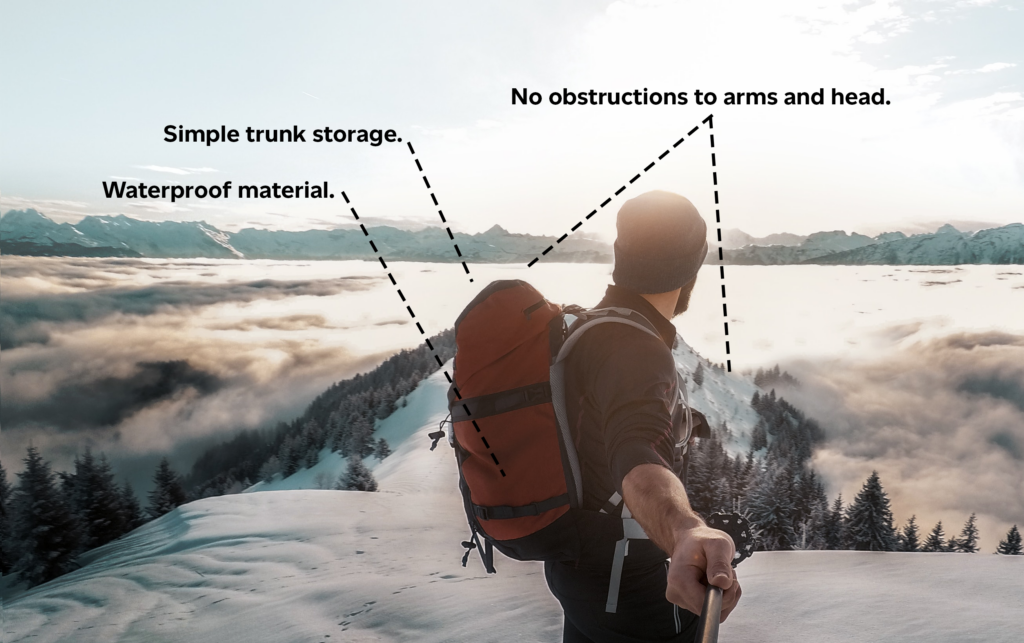
Mountaineering packs should have limited compartments, with most items stored in a single trunk at the center of the backpack. The reason for this is to avoid flying straps and bulky side pockets that may interfere with the range of motion required in technical environments. Unlike for trekking, the use of a water bladder is not appropriate for mountaineering as it may get tangled with other technical gear such as the ice axe or climbing rope. When trying on your pack, ensure that your arms and head can move freely, and your range of motion does not feel overly constricted by the pack. Avoid strap pockets and unnecessary compartments that are efficient for trekking but can obstruct movement and add unnecessary weight during mountaineering. It is also recommended that your backpack be waterproof without the addition of a waterproof bag cover. Bag covers can act like a sail in high winds and may be dangerous in certain circumstances. Although some back padding is important, consider the weight as well. The more padded the bag is for your back’s comfort, the heavier it becomes. Find a comfortable compromise without adding too much extra weight.
Reach Out!
If you’re unsure about which backpack to buy or would like to chat with someone from the LHO team about it, don’t hesitate to reach out to us.










